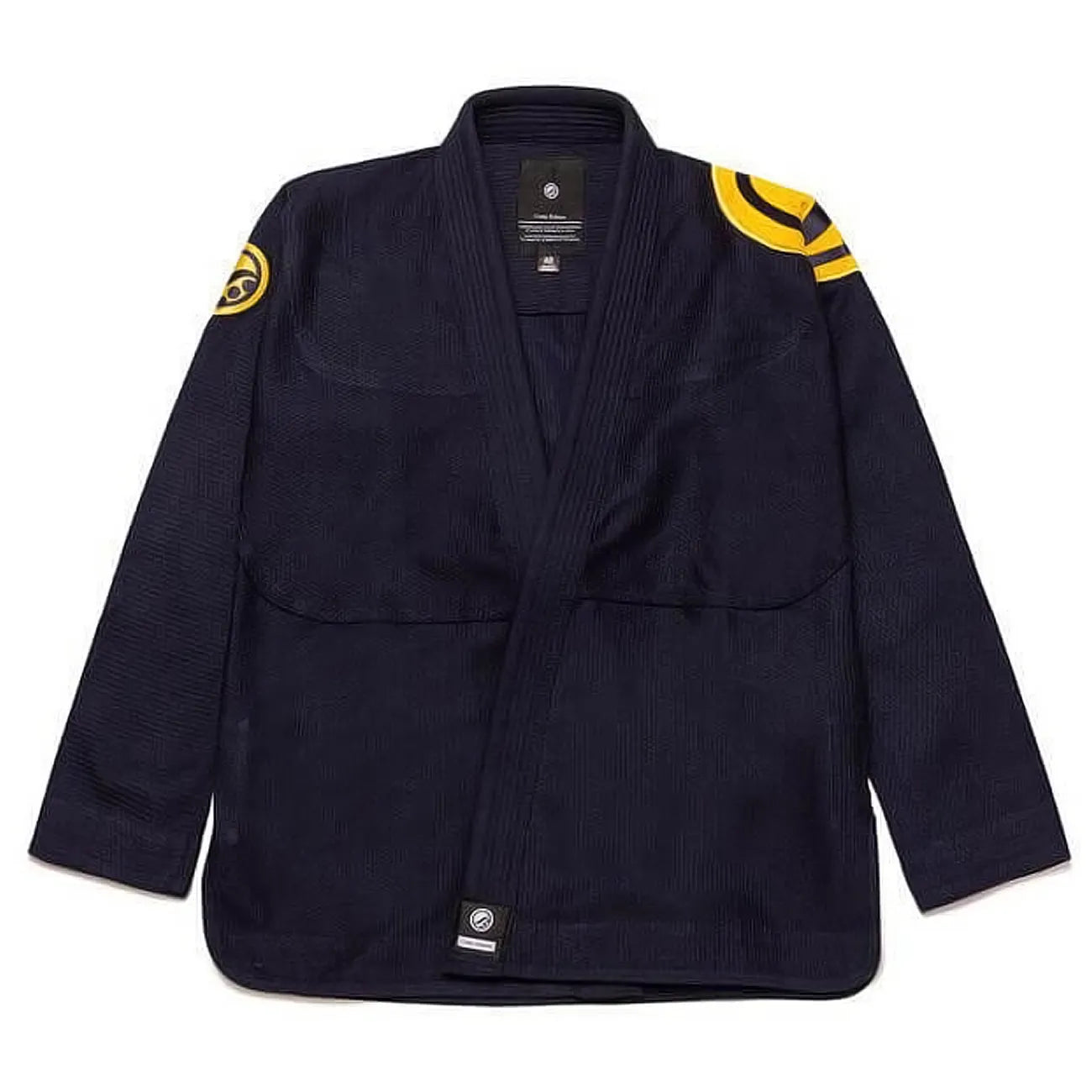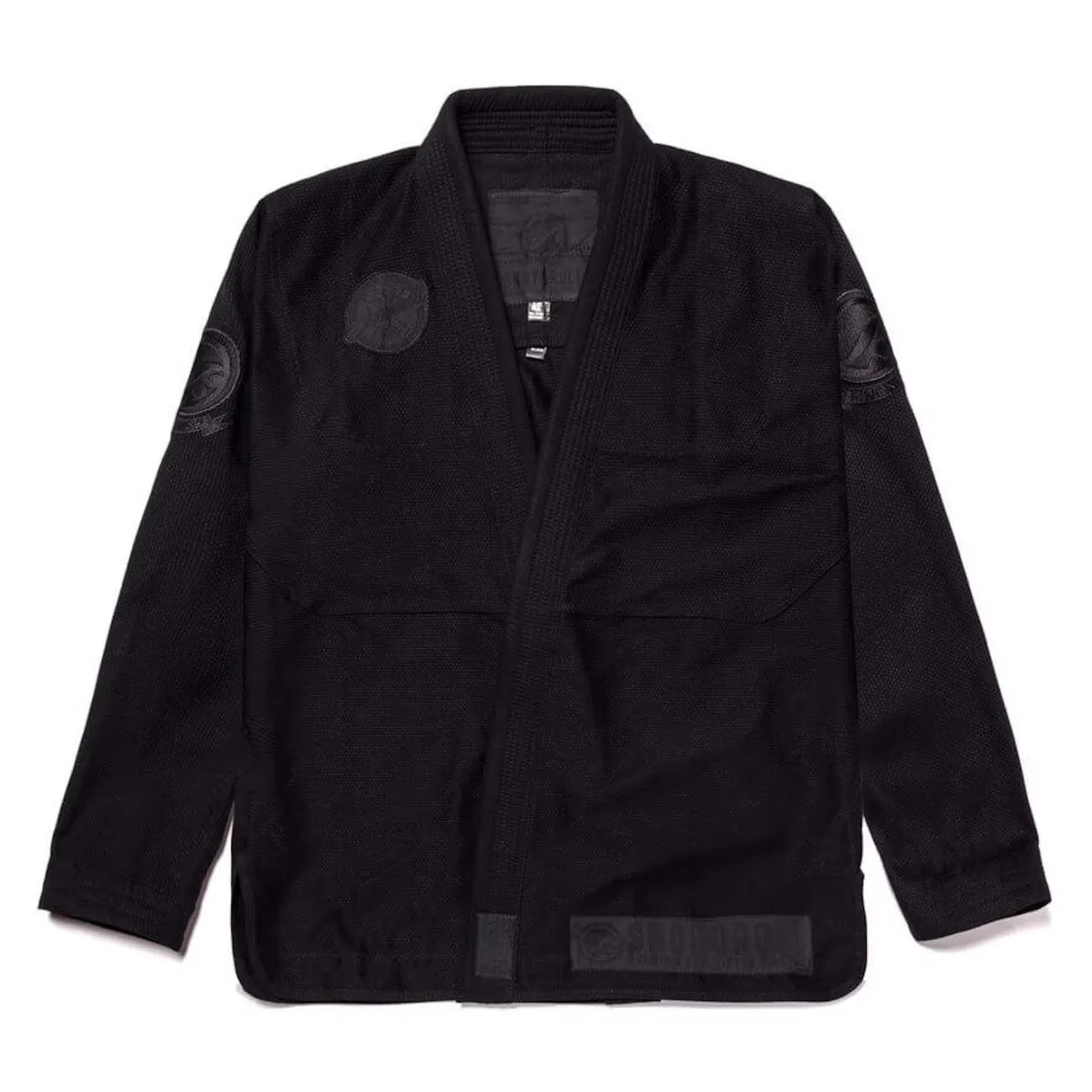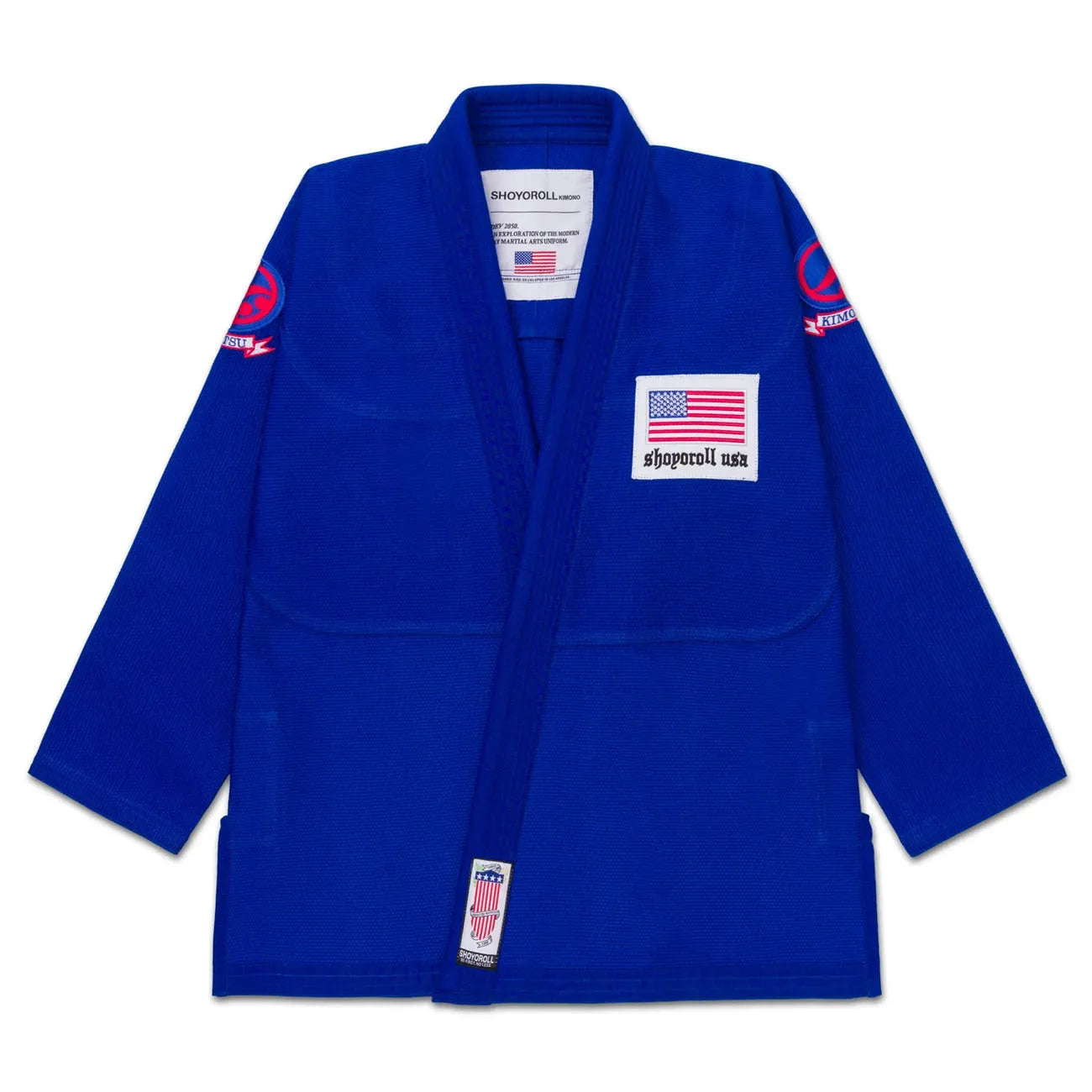What is the First Rule of Jiu Jitsu?
Brazilian Jiu Jitsu (BJJ) is a martial art that captivates beginners and seasoned athletes alike. It blends strategy, technique, and discipline into a system that’s both challenging and rewarding. At its core, one principle stands out as the foundation for success. Curious about the secret behind BJJ’s effectiveness?
This article uncovers the first rule of Jiu Jitsu, why it’s critical, and how it shapes your journey on and off the mat. Optimized for both readers and search engines, this guide is packed with insights, tips, and practical advice to help you understand and apply this key concept.
Table of Contents
- The First Rule of Jiu Jitsu: Position Before Submission
- Why Position Before Submission Matters
- Applying the Rule on the Mat
- Practical Tips to Master Positional Control
- How to Start Your BJJ Journey
- Final Thoughts: First Rule of Jiu Jitsu
- FAQs: First Rule of Jiu Jitsu
The First Rule of Jiu Jitsu: Position Before Submission
The core of Brazilian Jiu Jitsu (BJJ) lies in one key principle: position before submission. This rule is simple yet essential. It means securing a dominant position, like side control, full mount, or back control, before attempting a submission. These positions restrict your opponent’s movement, creating a stable base for your attacks.
| Rushing a submission without control often fails. For example, attempting a triangle choke from guard without breaking your opponent’s posture can lead to an escape or guard pass. Instead, pull their head down and secure their arms first. This control makes the triangle smoother and safer to apply. Similarly, going for an armbar from bottom side control is risky. Transition to top side control, pin their shoulders, and the armbar becomes easier to execute. | 
|
BJJ expert John Danaher says, “Control is the bridge to victory.” This principle guides all practitioners, from beginners to black belts. Prioritizing position saves energy, reduces risk, and sets up effective submissions. It’s the foundation of BJJ strategy, shaping your growth in every roll and match.
Why Position Before Submission Matters
Understanding the importance of this rule is key to mastering BJJ. Let’s break down why it’s essential for all skill levels.
For Beginners
Newcomers to BJJ often focus on flashy submissions they see in highlight reels. However, without a solid foundation in positional control, these attempts usually fail. The rule teaches beginners to stay calm, focus on fundamentals, and build control step by step. For instance, learning to maintain side control before attempting a kimura helps avoid losing position.
A 2023 study by the Journal of Martial Arts Research found that beginners who prioritized positional drills improved their sparring performance by 40% within six months. This shows how focusing on position builds a strong foundation for long-term growth.
For Advanced Practitioners
Even elite competitors rely on this principle. Legends like Roger Gracie, a 10-time IBJJF World Champion, emphasize controlling positions to exhaust opponents before attacking. Marcelo Garcia, another BJJ icon, is known for his back control, which sets up his signature rear-naked choke. These athletes prove that mastering the basics—position before submission—leads to consistent success.
Advanced practitioners also use this rule to adapt to high-level opponents. By maintaining control, they can dictate the pace and exploit openings when they appear.
Check Our Best Selling Product

🔥 SAVE UPTO 50% - Limited Time Offer
✅ 30 Days Return & Refund Policy
🚚 Free Worldwide Shipping
Applying the Rule on the Mat
Let’s explore how “position before submission” works in practice and why it’s a game-changer during training and competition.
Controlling the Fight: When you secure a dominant position, you limit your opponent’s options. For example, in full mount, your opponent struggles to attack or escape, giving you time to plan your next move. This control conserves energy and reduces the risk of counters. According to BJJ black belt John Danaher, “Control is the precursor to victory. Without it, submissions are just guesses.”
 |
Setting Up Submissions: Proper positioning creates opportunities for submissions. From side control, you can transition to an armlock or choke with minimal resistance. In contrast, rushing a submission from a weak position often leads to failure. For instance, attempting a guillotine choke without securing your opponent’s posture can result in them passing your guard and taking top position. |
Energy Efficiency: Maintaining control is less taxing than chasing submissions. By focusing on position, you wear down your opponent while preserving your stamina. This is especially crucial in tournaments, where you may face multiple matches in a single day.
Practical Tips to Master Positional Control
Ready to apply the first rule in your training? Here are practical strategies to improve your positional game and make your submissions more effective.
Practice Mount Escapes: Escaping bad positions builds confidence and reinforces the importance of control. Drills like bridging and shrimping help you return to guard or half-guard. Dedicate 10 minutes per session to escape drills to improve your defense.
Focus on Guard Retention: Guard retention prevents opponents from passing and keeps you in a strong position. Use your hips, legs, and grips to block guard passes. Drills like the “guard retention circle” (where a partner tries to pass while you maintain guard) sharpen your skills.
Flow Rolling: Flow rolling involves sparring at a relaxed pace, focusing on transitions rather than submissions. This helps you explore positional control without the pressure of winning. Try flow rolling for 5-minute rounds to refine your technique.
Slow Down and Be Patient: Rushing leads to mistakes. Take time to feel the position, adjust your weight, and control your opponent’s movement. Patience makes your transitions smoother and your submissions more precise.
Drill Positional Transitions: Practice moving between positions like guard to side control or side control to mount. Smooth transitions create a seamless game plan, making it harder for opponents to counter. Aim for 10-15 minutes of transition drills per class.
How to Start Your BJJ Journey
Ready to experience the power of “position before submission”? Here’s how to begin:
|
1. Find a Reputable Gym: Look for a school with certified instructors and a welcoming environment. Check reviews or ask for a trial class. 2. Start with Fundamentals: Focus on basic positions and escapes. Most gyms offer beginner classes to teach the essentials. 3. Be Consistent: Train at least 2-3 times per week to build muscle memory and confidence. 4. Ask Questions: Don’t hesitate to ask your instructor or training partners for feedback on your positional game. 5. Stay Patient: Progress in BJJ takes time. Trust the process and focus on small improvements. |

|
Final Thoughts: First Rule of Jiu Jitsu
The first rule of Jiu Jitsu—“position before submission”—is the foundation of effective BJJ. It teaches you to prioritize control, conserve energy, and set up submissions with precision. Whether you’re a beginner learning the ropes or an advanced practitioner refining your game, this principle remains your guiding star.
Beyond the mat, this rule offers valuable lessons in patience, strategy, and discipline. By mastering positional control, you’ll not only improve your Jiu Jitsu but also develop a mindset that serves you in everyday life. So, step onto the mats, focus on position, and watch your skills—and confidence—grow. Happy rolling!
Shoyoroll Feature Products

🔥 SAVE UPTO 50%
✅ 30 Days Return & Refund
🚚 Free Worldwide Shipping

🔥 SAVE UPTO 50%
✅ 30 Days Return & Refund
🚚 Free Worldwide Shipping

🔥 SAVE UPTO 50%
✅ 30 Days Return & Refund
🚚 Free Worldwide Shipping
FAQs: First Rule of Jiu Jitsu
What is the first rule of Brazilian Jiu Jitsu?
The first rule of BJJ is “position before submission.” It emphasizes securing a dominant position, like side control or mount, before attempting a submission to ensure control and increase success.
Why is positional control important in BJJ?
Positional control limits your opponent’s movement, conserves your energy, and sets up submissions safely. It’s the foundation of a strategic and effective BJJ game.
How can beginners apply “position before submission”?
Beginners should focus on fundamentals like maintaining guard, escaping bad positions, and transitioning smoothly. Practice drills like mount escapes and guard retention to build control.
Does the first rule apply to advanced BJJ practitioners?
Yes, even advanced practitioners rely on “position before submission.” Elite competitors like Roger Gracie use positional dominance to set up their attacks, proving its universal importance.
Can the first rule of BJJ apply to everyday life?
Absolutely. The principle encourages patience and preparation, which apply to problem-solving, emotional control, and decision-making in daily life.
How long does it take to master positional control in BJJ?
Mastering positional control varies by individual, but consistent training (2-3 times per week) can lead to noticeable improvements within 6-12 months. Patience and practice are key.






